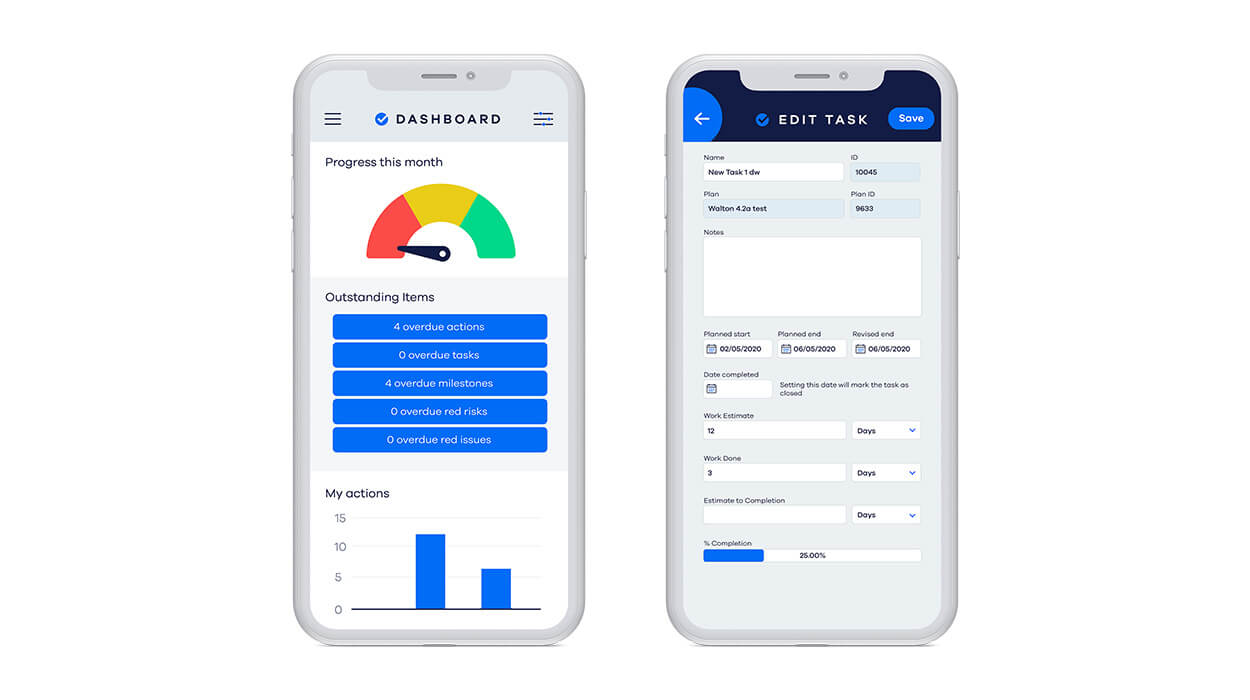Tracking projects in spreadsheets is one of the most popular methods of project management. It’s easy to set up, and it can be done quickly. All you need to do is type your information into a spreadsheet and you’re ready to go!
However, it is also one of the most perilous tools to use, often leading to significant project failures.
This blog outlines some of the common pitfalls in using spreadsheets to manage projects.
This is one of the main downsides that come with tracking projects in spreadsheets.
For example, let’s say you’ve got two people working on your project: one person needs access to their data but doesn’t want others to see it, while another person wants everyone else on the team (and even clients) to have access as well as themselves.
In this case, it would make more sense for each person involved in the project to have their own copy of the file instead of sharing information between each other through just one main document.
This then leads to problems with version control and no one version of the truth.
Spreadsheets are not easy to share.
You have to send the spreadsheet file, which can be difficult if you’re working with someone who doesn’t have the same software or operating system as you.
If they don’t have access to your computer, or a shared drive, they’ll need to save the file on their own machine, which can lead to issues if they save over an old version of the sheet by accident.
Tracking projects in spreadsheets takes a long time to update because of the way they are set up.
Most people use the same spreadsheet to track all their projects, so it’s not uncommon for to have one spreadsheet with multiple tabs and columns, making it difficult to find what you need quickly.
Another reason why these spreadsheets take so long to update is because most people don’t have an easy way of knowing when the spreadsheet tracker was last updated and by who.
For example, if there was a change made after someone left your company (or even during their employment), then you won’t know about it unless someone tells you about it later on down the line – and even then there are no guarantees!

As someone who works on projects and manages other people’s projects, it’s important that you can access your data no matter where you are or what device you’re using.
If all of your information is locked into one spreadsheet, then this becomes more difficult, especially if someone has opened the spreadsheet on a shared drive and locked it.
Spreadsheets are not a good way to track projects because they’re not a single source of truth.
If you’re using a spreadsheet as your project management tool, you’ll have to constantly reconcile data between different sheets, which can lead to errors in your reporting and subsequent analysis.
You need a central place where all your project data is stored–and spreadsheets don’t provide this functionality by default.
Instead of manually entering information into various tabs and tables, consider using software that has built-in tools for managing projects, i.e. PPM Software
Project Portfolio Management (PPM) Software – PPM software such as PM3 is designed specifically for managing large projects with multiple teams working on them at once–and it provides features like task management boards or Gantt charts (a type of timeline).
At the end of the day, spreadsheets are a great tool for organizing your data, but this one is a big drawback.
As you add more projects and information, it can become difficult to keep track of what’s going on in each spreadsheet file, especially if you have multiple documents open at once.
You won’t have access to all the information that you need right away.
When tracking projects in spreadsheets for project tracking, it’s easy to forget about some of the more advanced features of a good project management software.
For example, if your team members are working on different projects or tasks at once, it may be difficult for them to see what other people are doing and what they’ve already accomplished in their own workflows.

You can’t see all the information at once. You have to keep track of changes yourself, and it’s easy to lose track of them.
A PPM system some like PM3 will tell you when a page was updated and by who.
This is not possible with a spreadsheet without some complex macros.
You might think that a spreadsheet is the most efficient way to track your project, but there are some major downsides.
It’s easy for things to get lost in an out-of-date spreadsheet file, which can delay your progress reporting or give you misleading data on progress.
So there you have 9 strong arguments against tracking projects in spreadsheets. Please feel free to share them with your team.
If you’re looking for a more efficient way to track projects, consider using PM3.
PM3 is an award-winning Project, Portfolio Management tool designed by practitioners for practitioners.
It will help you stay organized and keep track of all your projects, programs and portfolios. You will always have one version of the truth with PM3!

Our products help you deliver successful change programs and projects by always focusing on the overall business outcomes. Find out how our products can help you.